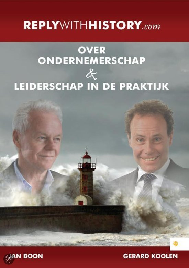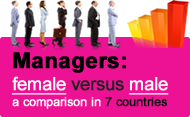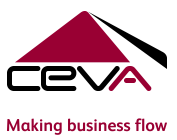88. Innovation is fun, but not easy

Dear Jan
It is obvious you love innovation, pioneering ideas and solutions. But there are relatively few people who know how to innovate and consume innovation. Some 16% of consumers are innovators (2.5%) and ‘early adopters’ (13.5%). 84% wait to purchase new products. And why? You wrote the reason yourself: change is discomforting and it will not be repeated. In addition, innovative products are often expensive and subsidies are often required to persuade consumers to purchase them.The percentage of firms that innovate is probably even smaller than the 2.5% of consumers. Why? Because innovation is far from easy. Innovating meets resistance from colleagues, suppliers, financiers, governments, competition and customers because innovation is uncertain, takes a lot of effort and represents a threat to the establishment. It requires total dedication from the innovator and a strong belief in a good outcome. In addition, development is often slower than planned, it is often more expensive than budgeted and sales may grow slower than required.
So although almost all of us are attracted by innovation, there are very few of us who really go for it and keep on going for it. This TED video presentation by Simon Sinek deals with this issue: (http://www.ted.com/talks/simon_sinek_how_great_leaders_inspire_action#t-667978). It shows very well the immediaterequirement ofinnovation: totalpassion anddedication.
If you make a detailed financial plan and produce risk analyses, you will probably never go for an innovative strategy with your company. It is mucheasier to establish a healthy business plan on a strategybased on existingmarket and productconditions.I suspectthat mostinnovationsnever reach thegeneral public, as they lack theneeded potential for commercial success. Most innovationsend up inthe trash can and that makes the riskofinvesting in innovationvery high.
Many of my colleagues like to commit to new ideas. There is a lot of enthusiasm, but there is also the need to make money. New ideas need time to become profitable. The innovations we started to develop take lots of time and are costly. For example, we have a web-based career site which also broadcasts non-stop on TV. We have been working on this for around 3 years and we will finally go ‘live’ very soon. But the road to this point has been unexpectedly difficult. In the Netherlands, we have introduced a staffing service called ‘A1 payrolling’ (cross-border temporary staffing) and we are now in the fourth year. Both are, or will be, successful, but only because of our relentless passion and commitment and our attitude that nothing and no-one will stop us. In my experience (local) governments are the biggest ‘demotivators’ or ‘enemies’ of innovation, as innovation does not usually fit into existing legislation. In addition, and this should not be underestimated, the competition who afraid of the potential of your innovation, will fight you using every means at their disposal. The following example demonstrates this: recently in the Netherlands we discovered that ‘reputable’ organizations had reported us to the tax authorities and the SNCU (‘Collective Labor Agreement Police’ in The Netherlands) as they felt threatened by our highly innovative staffing services.
In short, innovation has a great chanceof succeeding, but only in combination withrelentlesspassion andtotaldedication.
Sincerely,
Gerard












Leave a Reply